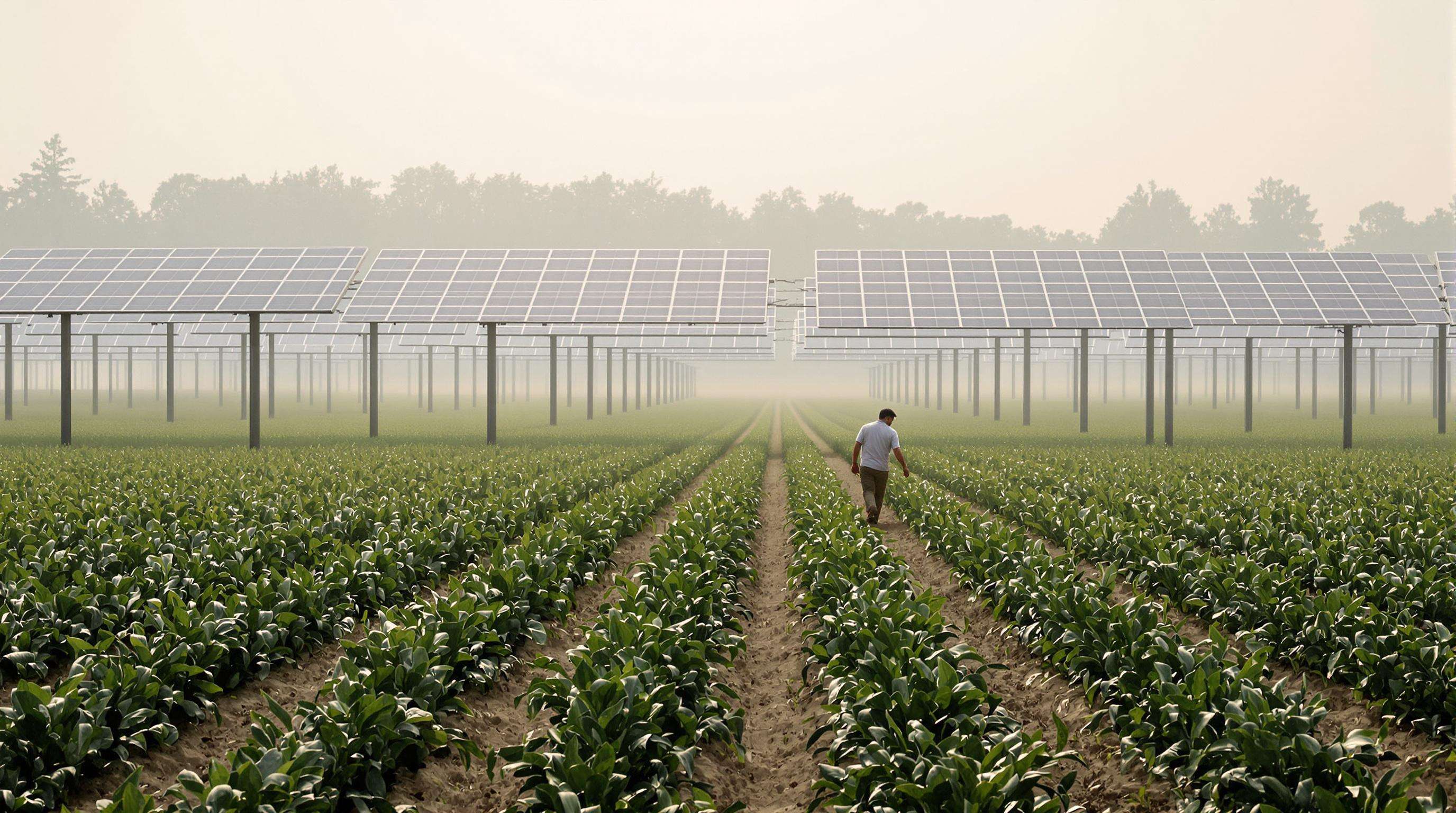Solar Systems: Driving Sustainable Energy Solutions
Harnessing the Sun to Power the Future of Clean, Efficient, and Scalable Energy
As concerns about climate grow and the global need for electricity increases, solar energy systems have come to the fore as one of the most practical and influential solutions in the pursuit of sustainability. Once regarded as an alternative technology, solar systems are now at the core of national energy strategies, corporate goals for decarbonization, and residential self - sufficiency from the grid. Thanks to progress in photovoltaics, energy storage integration, and smart inverters, solar systems are evolving from static rooftop panels into dynamic, intelligent networks that can power homes, businesses, and entire communities.
The Ascent of Solar as a Mainstream Energy Source
Over the past decade, the price of solar panels has fallen by more than 80%, while efficiency has gradually gone up. This enhancement in cost - performance has enabled solar energy to shift from niche markets to widespread acceptance. Governments have reacted by offering incentives, tax breaks, and feed - in tariffs, speeding up the installation across residential, commercial, and utility - scale sectors.
Solar photovoltaic (PV) systems use semiconductor materials to directly turn sunlight into electricity. The simplicity of this process, along with the flexibility of modular installation, makes solar energy available to both large infrastructure projects and individual homeowners. From farms in California to city rooftops in Tokyo, solar panels are redefining the way energy is generated and used.
Beyond Panels: The Complete Solar Ecosystem
Modern solar systems are no longer just about panels. A truly sustainable and efficient solar setup involves a well-coordinated ecosystem that includes solar panels, smart inverters, charge controllers, and most importantly—energy storage. While PV panels generate energy, it is the storage component that enables self-sufficiency and reliability.
Hybrid solar storage systems are among the most impactful innovations in this space. These systems combine high-efficiency panels with advanced lithium-ion batteries, intelligent load management, and MPPT (Maximum Power Point Tracking) charge controllers. By capturing excess energy during peak sun hours and storing it for use during the night or grid outages, hybrid solar setups ensure 24/7 power availability while reducing reliance on fossil fuels or the utility grid.
Smart Inverters: The Brain of Modern Solar Systems
No solar system is complete without a high-quality inverter. Inverters convert the DC electricity generated by panels into usable AC electricity. However, today’s smart inverters do much more than that. They monitor system performance, manage grid interactions, support net metering, and protect against voltage fluctuations or outages.
Some inverters now feature hybrid or multi-mode capabilities, allowing them to work seamlessly in both on-grid and off-grid scenarios. They can prioritize solar usage during the day, draw from batteries at night, and only tap into the grid when necessary. For commercial facilities, three-phase inverters with real-time analytics and load optimization capabilities help reduce demand charges and improve energy ROI.
Applications Across Sectors: From Homes to Factories
The flexibility of solar systems makes them suitable across various sectors. Residential installations enable homeowners to generate their own electricity, reducing or eliminating energy bills and insulating against rising utility rates. When paired with smart batteries, homes can remain operational during blackouts or natural disasters.
In the commercial and industrial sectors, solar power contributes to both cost savings and ESG compliance. Factories, office buildings, schools, and retail centers are installing rooftop or ground-mounted PV systems to meet sustainability goals and reduce carbon footprints. Large-scale solar farms, meanwhile, are feeding clean energy into the grid at competitive prices, displacing coal and gas-based generation.
Telecom towers in remote regions now operate efficiently using solar + battery systems, significantly reducing diesel dependency. Agriculture is also benefiting, with farmers using solar-powered pumps, irrigation systems, and cold storage to improve crop yields and reduce operational costs.

Environmental Benefits and Long-Term Impact
The environmental impact of solar energy cannot be overstated. Each kilowatt-hour of solar electricity generated prevents approximately 0.9 kg of CO₂ from entering the atmosphere compared to coal. Over its lifetime, a single residential solar system can offset the carbon emissions of an average passenger vehicle. Moreover, solar panels require minimal water to operate—unlike traditional power plants that consume vast quantities of water for cooling. As droughts become more common due to climate change, water-saving technologies like solar will become increasingly vital.
Barriers and the Path Ahead
Despite all the benefits, challenges remain. Initial installation costs—though falling—can still be a hurdle, especially in developing regions. Grid integration, particularly in areas with aging infrastructure, requires smart planning and policy support to avoid issues such as curtailment or voltage instability. Fortunately, technological innovation is moving fast. The rise of bifacial panels, AI-powered energy management software, and blockchain-enabled solar trading networks all point toward a decentralized, efficient, and intelligent solar-powered future.
Conclusion: A Better Future Begins Right Away
From the view of Gslenergy battery, Solar systems signify more than merely a clean - electricity source; they are a route to energy autonomy, climate adaptability, and economic strengthening. Whether it's a homeowner cutting down their monthly utility expense, a company achieving its sustainability goals, or a village getting electricity access for the first time, the influence of solar energy is palpable and revolutionary.
As the technology develops and becomes more advanced, expandable, and cost - effective, the present is the moment for businesses, governments, and individuals to put money into solar. The sun illuminates every corner of the globe—it's time we utilize it with systems that can turn light into enduring change.


